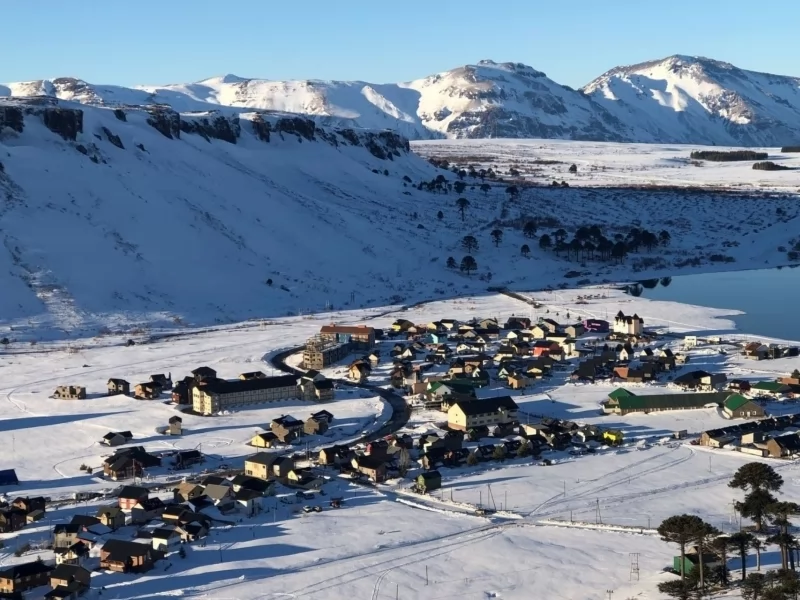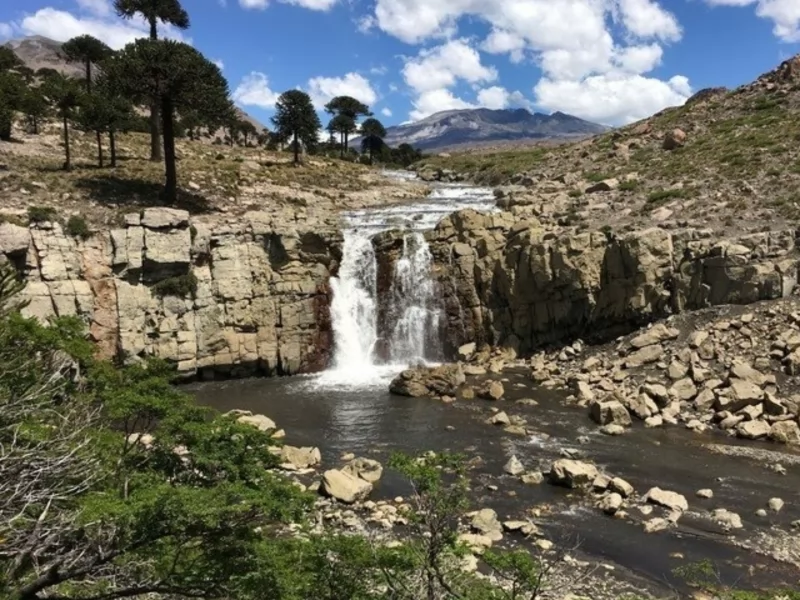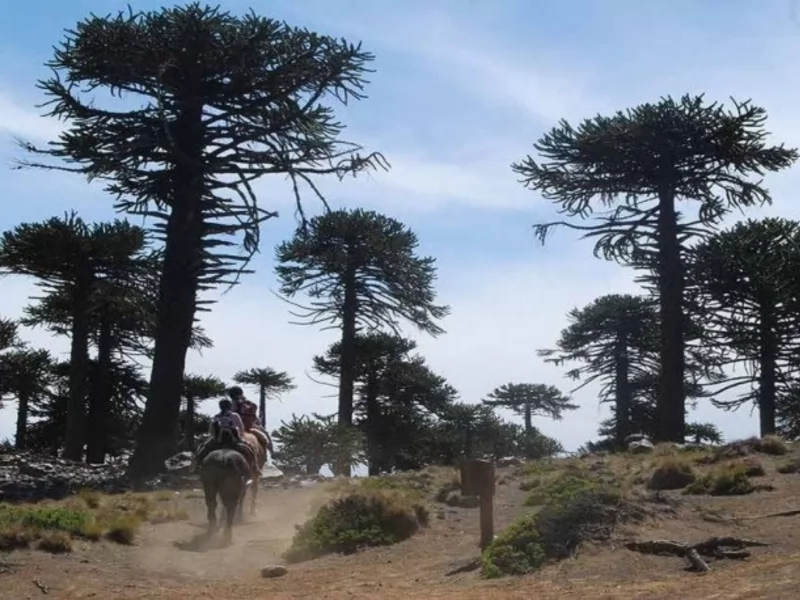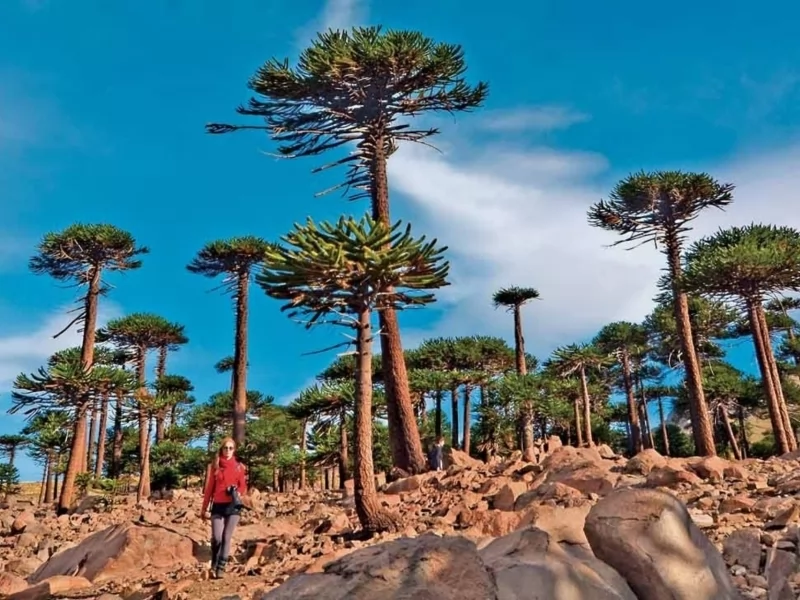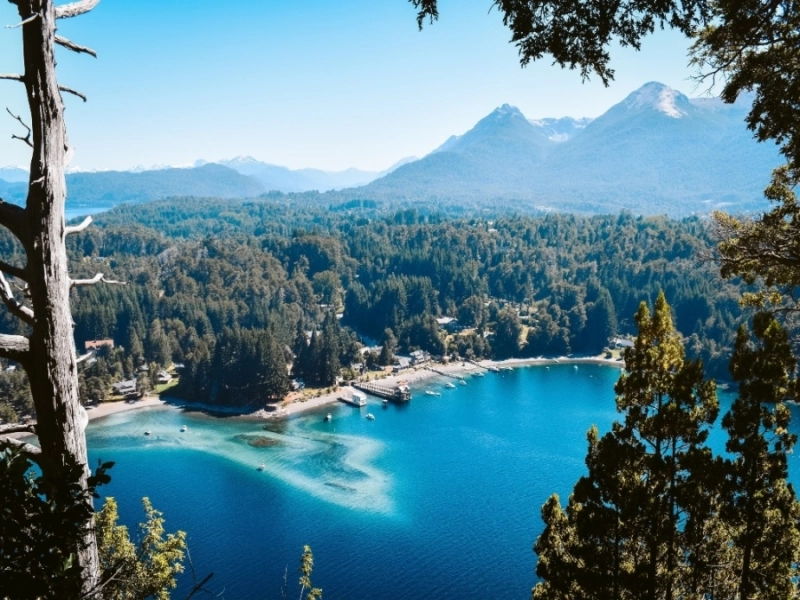News and Testimonials

Araucarias: the symbol of Neuquén
The tree that for centuries fed and protected the ancients.
This tree is the symbol of Neuquén. One could almost say its trademark, although only a portion of the province is covered by them. Its remarkable distinction from the rest of the tree and plant species that cover Patagonia make it recognized wherever it is seen.
They survive in a very small handful of places in the world, but alone, against the wind and cold, the araucarias have known how to adapt to this territory and earn, of course, a place. There, where only the toughest shrubs can withstand the harsh winters, these species continue to grow as if trying to reach the sky with their pointed branches.
But, above all things, the araucaria is the stamp that illustrates all the postcards of Caviahue and the one that welcomes those who come to this town.
The ancient aborigines, the Pehuenches, knew this tree by another name: pehuen. Hence, the area where most of these forests are found is called Villa Pehuenia. The Pehuenches even had a deity with the name of this species. It is that for centuries it was almost their only food. With their seeds, the pine nuts, they made bread, wine and even stews.
Some time later, scientists discovered that a man would need, at most, 18 trees per year to survive, since they have in the proper proportions the necessary food for a correct metabolism.
Araucaria forests grow more than 1,000 meters above sea level, between Lake Caviahue and the north of Lake Lolog, on both sides of the mountain range. Its growth is extremely slow, but it can reach heights of up to 40 meters. It would not be strange that some pehuén that fed those ancient Araucanians is still standing, because an araucaria can manage to live from 500 to 1,000 years. Some of the oldest specimens in South America are even 3,000 years old.
And, unlike other plants, anyone could easily recognize the male from the female in this species. The male pehuén has 5 or 6 branches that protrude from the crown, as if going, long, upwards; while the female, known as piñonera, gives a pineapple every two years.
The wood of the pehuén is of excellent quality, but its exploitation is limited given the rarity of the species. In fact, in 1941 the province of Neuquén created the Caviahue-Copahue Park to protect the pehuenes or araucaria forests, characteristic attractions of the region.
Although they are the brand that distinguish Caviahue from its neighbor and desert Copahue, their growth does not only occur there. In Patagonia, there are araucaria forests in the northwest of Neuquén, between the border crossings of Arco, Pino Hachado and Mallín de Icalma; also around the Aluminé lake and the Lanín volcano.
Source: https://www.patagonia.com.ar/Caviahue/187_Araucarias+el+s%C3%ADmbolo+de+Neuqu%C3%A9n.html

